
Welcome to our article on 10 surprisingly simple DIY energy efficiency projects that you can start today.
In this guide, we will explore practical and informative solutions to help you save energy and reduce your carbon footprint.
From homemade solar panels to energy-efficient lighting and home automation solutions, we will provide you with the necessary knowledge and tools to make a positive impact on your energy consumption.
Join us as we empower you with the freedom to create a more sustainable and efficient living environment.
Homemade Solar Panels
Building homemade solar panels is a cost-effective and sustainable way to generate renewable energy for your home. Solar panel installation is a relatively simple process that can be accomplished with basic tools and materials.
Start by selecting a suitable location on your property, ideally a spot that receives ample sunlight throughout the day. Install the panels securely, ensuring they are facing the correct direction to maximize energy capture.
Once installed, regular solar panel maintenance is essential to ensure optimal performance and longevity. This includes cleaning the panels regularly to remove dirt and debris that can reduce efficiency. Additionally, inspecting the panels for any signs of damage or wear and addressing any issues promptly is crucial.
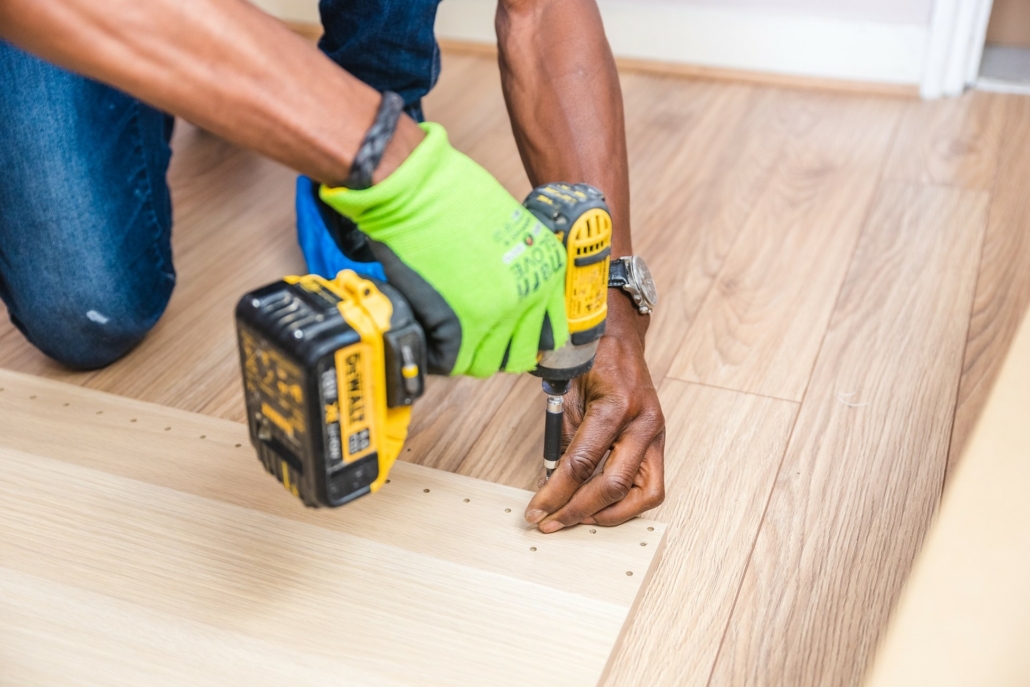
DIY Insulation
When it comes to DIY insulation, one of the key considerations is the choice of cost-effective insulation materials. By selecting materials that are affordable yet efficient, homeowners can effectively insulate their homes without breaking the bank.
Additionally, DIY insulation projects have the potential to significantly reduce energy consumption and lower energy bills, making them a practical and worthwhile investment for homeowners looking to improve their home's energy efficiency.
Cost-Effective Insulation Materials
One effective way to improve energy efficiency in your home is by using cost-effective insulation materials for your DIY insulation project. Proper insulation helps to reduce heat loss in the winter and heat gain in the summer, leading to lower energy bills and increased comfort.
Here are three cost-effective insulation materials you can consider:
- Fiberglass insulation: This type of insulation is widely available and relatively inexpensive. It comes in rolls or batts and can be easily installed in walls, attics, and crawl spaces. Fiberglass insulation is effective at reducing heat transfer and can help improve the energy efficiency of your home.
- Cellulose insulation: Made from recycled paper, cellulose insulation is another affordable option. It can be blown into wall cavities and attics, providing excellent thermal performance. Cellulose insulation is also environmentally friendly and offers good resistance to air infiltration.
- Spray foam insulation: While slightly more expensive than fiberglass and cellulose, spray foam insulation offers superior air sealing properties. It expands to fill gaps and cracks, creating an effective barrier against drafts and moisture. Spray foam insulation can be applied to walls, ceilings, and floors, providing excellent energy efficiency and sound insulation.
Energy Savings Potential
Improving energy efficiency through DIY insulation projects offers significant potential for energy savings. By properly insulating your home, you can reduce heat transfer and minimize energy loss, resulting in lower energy bills and a more comfortable living space.
One way to enhance energy efficiency is by investing in energy-efficient appliances. These appliances are designed to use less energy while still delivering optimal performance. By replacing old, inefficient appliances with energy-efficient models, you can significantly reduce your energy consumption.
Additionally, smart thermostats can also contribute to energy savings. These devices allow you to control and program your home's temperature settings, ensuring that you only heat or cool your home when necessary.

Energy-Efficient Lighting
Implementing energy-efficient lighting is a practical way to enhance energy conservation in residential and commercial spaces. By replacing traditional incandescent bulbs with energy-efficient bulbs, significant energy savings can be achieved. Here are three key considerations when it comes to energy-efficient lighting:
- Energy-efficient bulbs: Switching to LED or CFL bulbs can result in significant energy savings. LED bulbs are highly efficient, consuming less energy and lasting longer than incandescent bulbs. CFL bulbs are also a good option, offering energy savings of up to 75% compared to incandescent bulbs.
- Smart lighting: Installing smart lighting systems can further optimize energy usage. These systems allow for the control and automation of lighting, enabling users to schedule lighting based on occupancy or time of day. Additionally, smart lighting can be integrated with other energy-saving technologies, such as motion sensors, to ensure lights are only on when needed.
- Natural lighting: Maximizing natural lighting through the use of skylights, windows, and light tubes can reduce the need for artificial lighting during the day. This not only saves energy but also creates a more pleasant and comfortable environment.
Home Heating Solutions
To optimize energy efficiency in residential and commercial spaces, it is essential to consider effective home heating solutions.
One such solution is the use of smart thermostats. These devices allow homeowners to control the temperature of their homes remotely, ensuring that heating is only used when necessary. Smart thermostats also learn the occupants' preferences and adjust the temperature accordingly, saving energy and reducing costs.
Another option is radiant floor heating. This system uses pipes or electric heating elements installed beneath the floor to heat the space. Unlike traditional heating methods, radiant floor heating provides even warmth throughout the room, eliminating cold spots and reducing the need for additional heating sources. It is also more energy-efficient as it requires lower water temperatures compared to conventional radiator systems.
DIY Window Upgrades
When it comes to improving energy efficiency in your home, DIY window upgrades can be a cost-effective solution. By properly insulating your windows, you can prevent heat loss during the winter and reduce heat gain in the summer.
One popular method is double glazing, which involves installing a second layer of glass to create an insulating barrier that can greatly improve the thermal performance of your windows.
Cost-Effective Window Insulation
With the goal of improving energy efficiency in your home, one cost-effective option is to enhance window insulation through DIY window upgrades. By properly sealing and weather stripping your windows, you can prevent drafts and heat loss, ultimately reducing your energy consumption and lowering your utility bills.
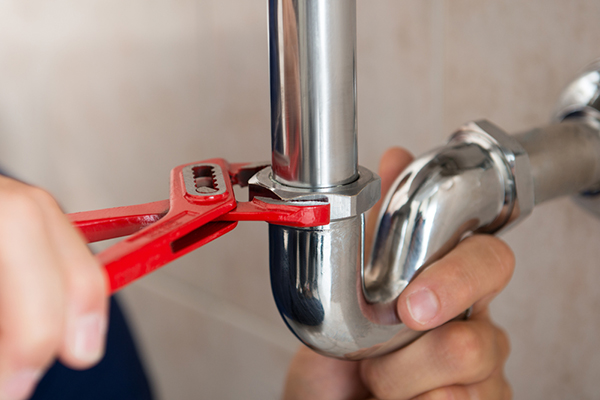
Here are three simple yet effective DIY window upgrades to consider:
- Window Sealing: Inspect your windows for any gaps or cracks and seal them using caulk or weatherstripping tape. This will help to eliminate air leaks and improve insulation.
- Weather Stripping: Install weather stripping around the edges of your windows to create a tight seal. This will prevent cold air from entering and warm air from escaping, enhancing the energy efficiency of your home.
- Window Film: Apply a window film to your windows to reduce heat transfer. These films reflect sunlight and block UV rays, keeping your home cooler in the summer and reducing the need for air conditioning.
Benefits of Double Glazing
One major benefit of incorporating double glazing as a DIY window upgrade is its ability to significantly reduce heat loss and improve insulation in your home. Double glazing refers to the use of two panes of glass with a layer of air or gas in between, creating a barrier that helps to prevent heat transfer. This thermal insulation property can lead to a more comfortable living environment and lower energy bills.
The installation of double glazing involves fitting new glass units into existing window frames or replacing the entire window unit. It is important to ensure a proper seal during installation to maximize its effectiveness.
To maintain double glazing, regular cleaning and inspection are necessary to detect any signs of damage or deterioration. By investing in double glazing and performing routine maintenance, homeowners can enjoy the benefits of improved energy efficiency and increased comfort in their homes.
Homemade Wind Turbines
The article explores the construction and benefits of homemade wind turbines for enhancing energy efficiency. Wind turbines are an excellent option for individuals looking to harness renewable energy and reduce reliance on traditional power sources.
Here are three key aspects to consider when building and maintaining homemade wind turbines:
- Design: It is crucial to choose an efficient and sturdy design for your wind turbine. Factors such as blade shape, size, and material can significantly impact its performance and energy generation.
- Maintenance: Regular maintenance is essential to ensure the longevity and efficiency of your homemade wind turbine. This includes inspecting and cleaning the blades, lubricating moving parts, and checking for any structural damage or wear.
- Efficiency: Optimizing the efficiency of your wind turbine is vital for maximizing energy output. This can be achieved by positioning the turbine in an area with high wind speeds, using aerodynamically efficient blades, and ensuring proper alignment with the wind direction.
DIY Energy-Saving Solutions
To enhance energy efficiency, consider implementing do-it-yourself energy-saving solutions.

One effective approach is to create homemade energy-efficient appliances. For example, you can build a solar-powered water heater using readily available materials and basic plumbing skills. This will not only reduce your energy consumption but also lower your utility bills.
Another DIY solution is to focus on weatherstripping your home. By sealing gaps and cracks around windows and doors, you can prevent drafts and heat loss, making your home more energy-efficient. There are various DIY weatherstripping solutions available, such as adhesive-backed weatherstrips and door sweeps.
These simple and affordable projects can have a significant impact on reducing your energy usage and ultimately contribute to a more sustainable lifestyle.
Home Cooling Solutions
Continuing the exploration of DIY energy-saving solutions, let's now delve into effective home cooling strategies. When it comes to keeping your home cool and comfortable, there are several techniques you can implement. Here are three options to consider:
- Install a smart thermostat: Smart thermostats allow you to easily control and monitor your home's temperature from anywhere using your smartphone. They also provide energy-saving features such as scheduling and learning capabilities, ensuring your home stays cool when you need it while minimizing unnecessary energy consumption.
- Utilize passive cooling techniques: Passive cooling techniques focus on using natural airflow and shading to cool your home. This can include using ceiling fans, opening windows strategically to create cross ventilation, and installing exterior shading devices like awnings or pergolas to block direct sunlight.
- Improve insulation and seal gaps: By properly insulating your home and sealing any gaps, you can prevent cool air from escaping and hot air from entering. This can significantly reduce the need for artificial cooling and save energy in the process.
DIY Water Heaters
When it comes to DIY water heaters, one of the main considerations is whether to choose a tankless or traditional system.
Tankless water heaters are known for their energy efficiency as they only heat water on demand, while traditional systems store hot water in a tank.
Another important aspect is setting the temperature to an energy-saving level, which can help reduce energy consumption.
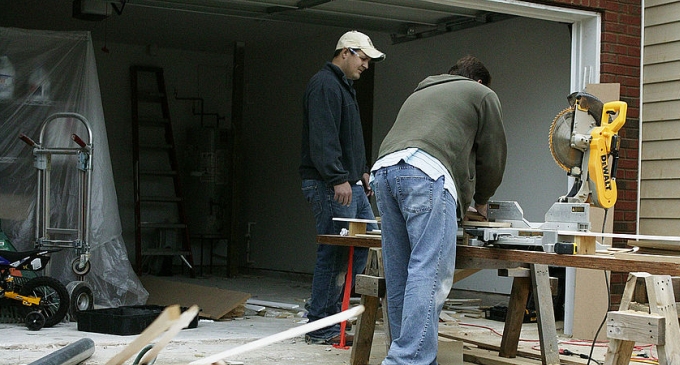
Additionally, insulating the water heater and its pipes can improve heat retention and minimize heat loss, leading to increased efficiency.
Tankless Vs. Traditional
As we delve into the comparison between tankless and traditional DIY water heaters, it is important to consider their respective energy efficiency ratings and overall performance. When it comes to energy efficient appliances, tankless water heaters have gained popularity in recent years. Here is a comparison of the two options:
- Energy Efficiency: Tankless water heaters are known for their superior energy efficiency. Unlike traditional heaters, which constantly heat and store water in a tank, tankless heaters only heat water as it is needed. This results in significant energy savings and lower utility bills.
- Space Saving: Tankless water heaters are compact and can be mounted on a wall, saving valuable floor space. Traditional heaters, on the other hand, require a large storage tank, taking up more space in your home.
- Longevity: Tankless water heaters have a longer lifespan compared to traditional heaters. While traditional heaters typically last around 10-15 years, tankless heaters can last up to 20 years or more with proper maintenance.
Consider these factors when deciding between tankless and traditional DIY water heaters, and choose the option that best suits your energy efficiency goals and space requirements.
Energy-Saving Temperature Settings
For optimal energy efficiency with DIY water heaters, it is essential to set the temperature at an appropriate level. Energy-saving thermostat settings can help you achieve this goal.
Programmable thermostats are a great tool to have for controlling and monitoring the temperature of your water heater. These thermostats allow you to set specific temperature ranges for different times of the day, enabling you to save energy when hot water demand is low.
By programming the thermostat to lower the temperature during times when you are not using hot water, such as when you are at work or asleep, you can reduce energy consumption and save money on your utility bills.
Additionally, it is recommended to set the water heater temperature to 120 degrees Fahrenheit to prevent excessive energy waste and reduce the risk of scalding accidents.
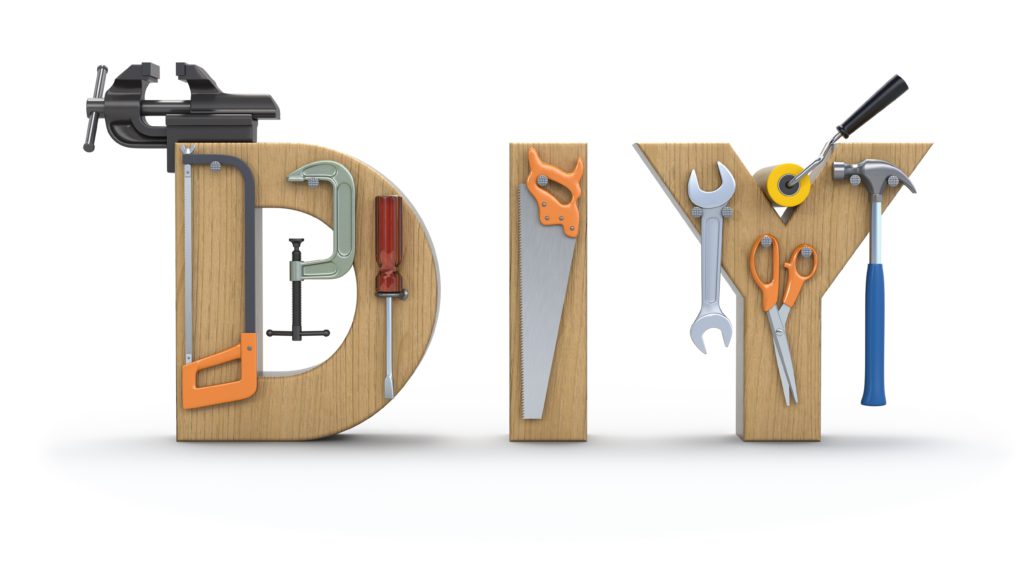
Insulation and Heat Retention
Improving insulation and heat retention is crucial for maximizing energy efficiency in DIY water heaters. By properly insulating your water heater, you can prevent heat loss and reduce the amount of energy needed to maintain the desired temperature.
Here are three effective insulation and weatherproofing techniques you can implement:
- Insulation types: Consider using insulation blankets or jackets specifically designed for water heaters. These coverings are easy to install and can significantly reduce heat loss.
- Pipe insulation: Insulating the hot water pipes connected to your DIY water heater can minimize heat loss during distribution. This helps to maintain the desired temperature for longer periods, reducing the need for reheating.
- Weatherproofing techniques: Seal any gaps or cracks around the water heater and pipes with weatherstripping or caulk. This prevents drafts and heat loss, ensuring that the energy produced by the water heater is utilized efficiently.
Home Automation Solutions
Homeowners can enhance energy efficiency by implementing home automation solutions. Smart home technology offers a range of energy management options, allowing homeowners to have greater control over their energy usage.
By automating various aspects of their homes, such as heating, cooling, lighting, and appliances, homeowners can optimize energy consumption and reduce waste. For example, smart thermostats can learn the homeowners' preferences and adjust the temperature accordingly, ensuring comfort while minimizing energy usage. Similarly, smart lighting systems can be programmed to turn off automatically when a room is unoccupied, saving electricity.
Home automation solutions also enable homeowners to monitor their energy usage in real-time, providing valuable insights for making informed decisions about energy consumption.
Frequently Asked Questions
How Much Does It Cost to Install Homemade Solar Panels?
The cost of installing homemade solar panels can vary depending on factors such as the size of the system, quality of materials, and labor involved. It is important to weigh the cost comparison, pros, and cons before considering this DIY project.
Is DIY Insulation as Effective as Professional Insulation?
DIY insulation can provide benefits such as cost savings and increased energy efficiency. However, it may not be as effective as professional installation, which ensures proper installation techniques and insulation materials for optimal performance.
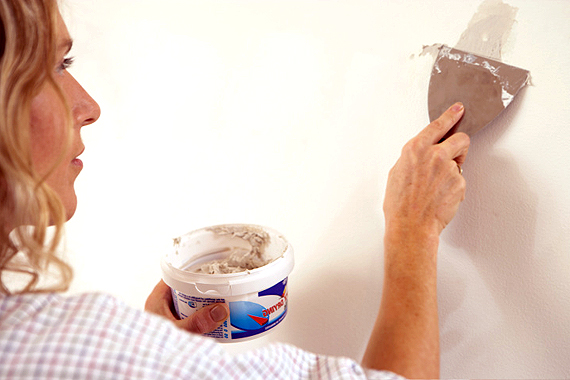
What Are the Different Types of Energy-Efficient Lighting Options Available?
LED lighting and CFL lighting are two popular types of energy-efficient lighting options available. LED lighting is highly efficient, long-lasting, and provides better quality light. CFL lighting is also energy-efficient, but has a shorter lifespan compared to LED lighting.
Are There Any DIY Window Upgrades That Can Help Reduce Noise Pollution?
DIY window soundproofing techniques can effectively reduce noise pollution. Homemade noise reduction methods such as using weatherstripping, installing window inserts, or adding curtains can provide benefits such as improved privacy, comfort, and reduced disturbance from external noise.
How Can I Determine the Right Size of a Homemade Wind Turbine for My Home?
Determining the right size of a homemade wind turbine for your home involves considering factors such as wind turbine capacity, average wind speeds in your area, and the energy needs of your household.
 Family Craft ProjectsHome ImprovementCooking and BakingReuse and RecycleDIY GiftsEco-Friendly ProjectsDIY Home SolutionsSeasonal ActivitiesFun and GamesLearn TogetherPrivacy PolicyTerms And Conditions
Family Craft ProjectsHome ImprovementCooking and BakingReuse and RecycleDIY GiftsEco-Friendly ProjectsDIY Home SolutionsSeasonal ActivitiesFun and GamesLearn TogetherPrivacy PolicyTerms And Conditions

 Family Craft ProjectsHome ImprovementCooking and BakingReuse and RecycleDIY GiftsEco-Friendly ProjectsDIY Home SolutionsSeasonal ActivitiesFun and GamesLearn TogetherPrivacy PolicyTerms And Conditions
Family Craft ProjectsHome ImprovementCooking and BakingReuse and RecycleDIY GiftsEco-Friendly ProjectsDIY Home SolutionsSeasonal ActivitiesFun and GamesLearn TogetherPrivacy PolicyTerms And Conditions
